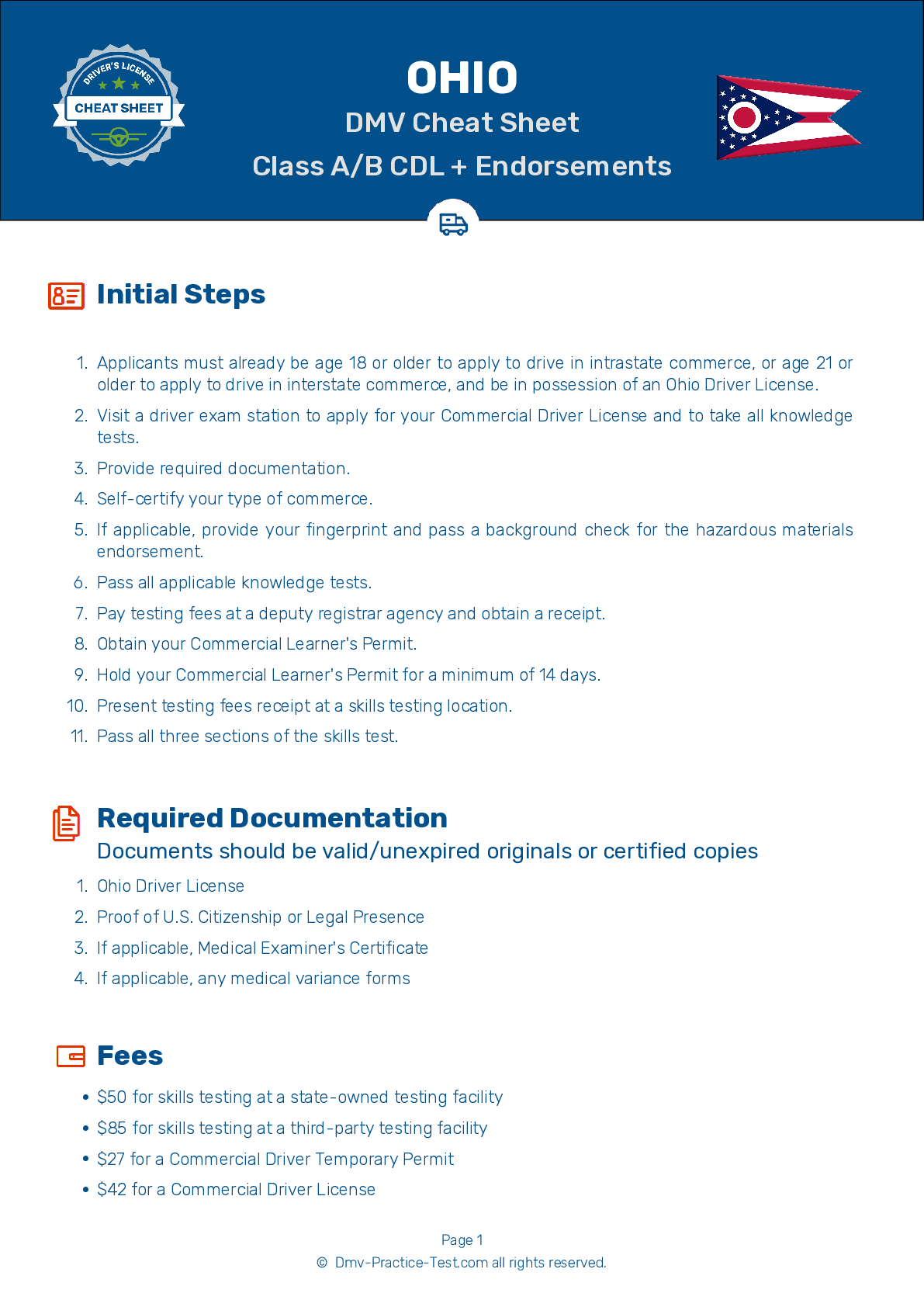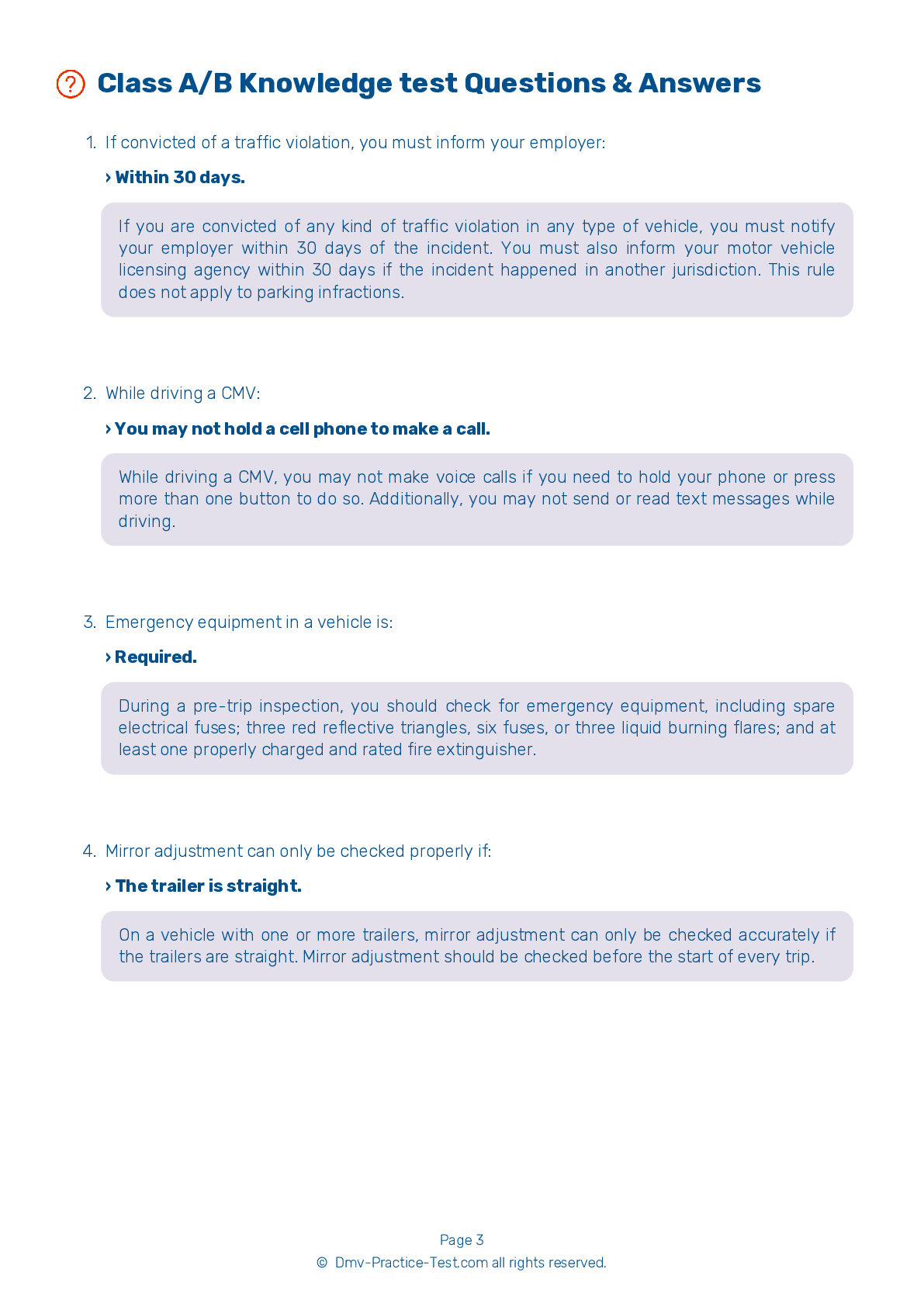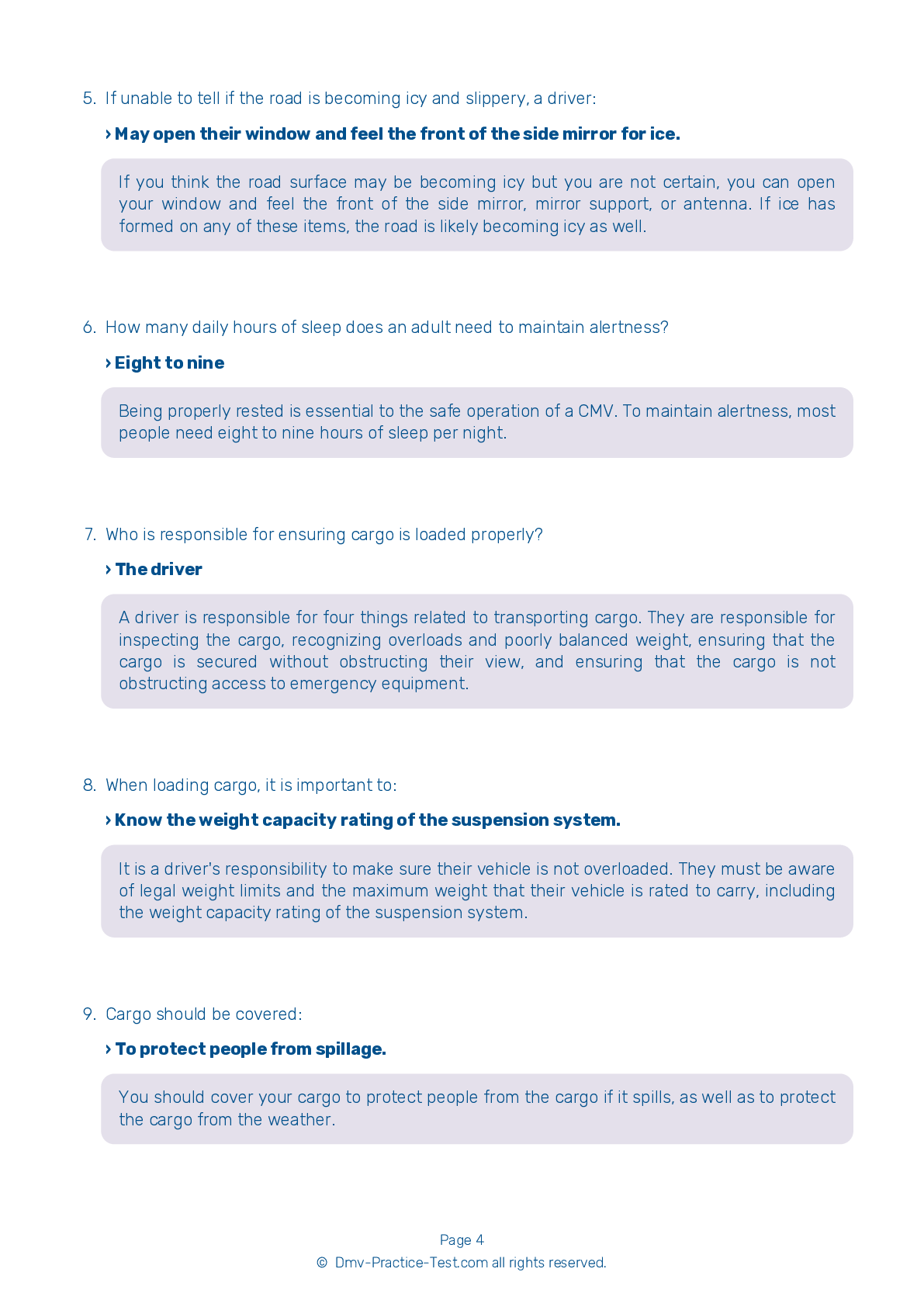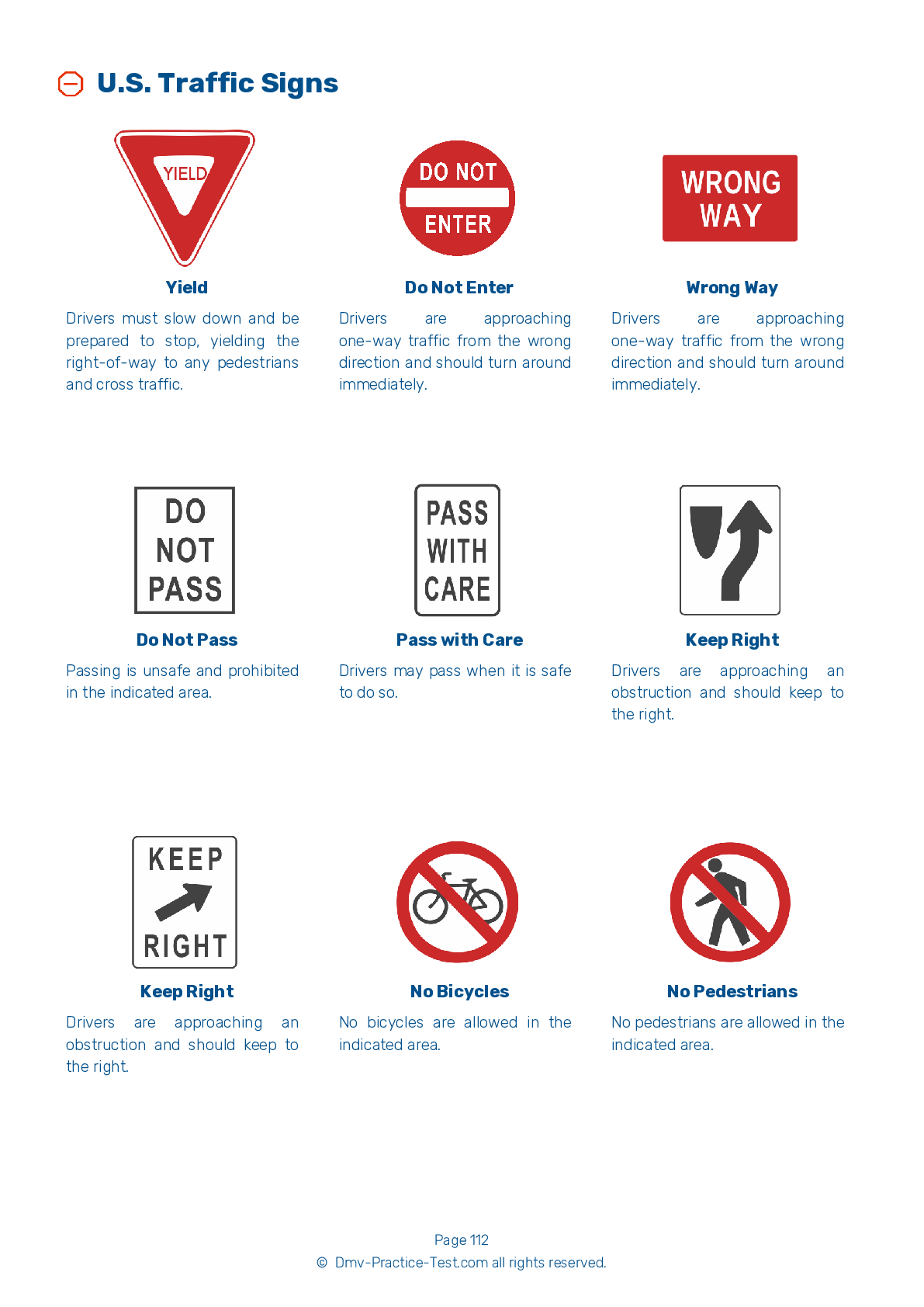Air Brakes Endorsement Test | Ohio 2025 #2
Train for FREE online with our Ohio CDL air brake test. The official exam test consists of several obligatory parts, with all of them checking your knowledge of different blocks of road rules. If you need to obtain a OH Class A/Class B driver license in 2025, practice as much as possible. Free sample tests published on our website will help you check and improve your knowledge and boost your grades. Please bear in mind that the requirements for CDL may vary from state to state.
1 . Vehicles equipped with Anti-Lock Braking Systems (ABS) have ____ malfunction lamps to indicate when the ABS is not working.
Vehicles with ABS have yellow malfunction lamps to alert drivers when the braking systems are not working. Be sure you know where the malfunction lamp on your vehicle is before beginning a trip.
2 . Friction in an S-cam brake is caused when the brake shoes and linings:
Friction inside a brake drum is caused when the brake shoes and linings push against the inside of the drum. The friction in the drums will slow and stop the vehicle.
3 . When leaving your vehicle unattended:
In general, you should always use the parking brake when parking your vehicle. However, you should not apply the parking brake if your brakes are very hot or if your brakes are wet and temperatures are below freezing.
4 . A low air pressure warning signal should activate:
In an air brake system, a low air pressure warning signal must come on if air pressure in the tanks falls below 60 psi. This warning signal may come in the form of a light, a buzzer, or a wig wag.
5 . Why do large vehicles use air brakes?
If used and maintained properly, air brakes are a safe and effective way to stop large, heavy vehicles.
6 . What is brake lag?
Because air takes time to flow through the air lines to the brakes, air brakes cannot begin working instantly. There is often a brake lag of at least one-half of a second between the moment the brake pedal is pressed and the moment the brakes begin to work.
See the exact questions that will be on the 2025 Ohio DMV exam.
99.2% of people who use the cheat sheet pass the FIRST TIME
Lillian MCcranie explains how our CDL study guide was helpful in passing the exam and recommends it to everyone.
Cameron tells us how he purchased the CDL exam, and found it to be a useful tool which helped him pass the exam and find a job.



